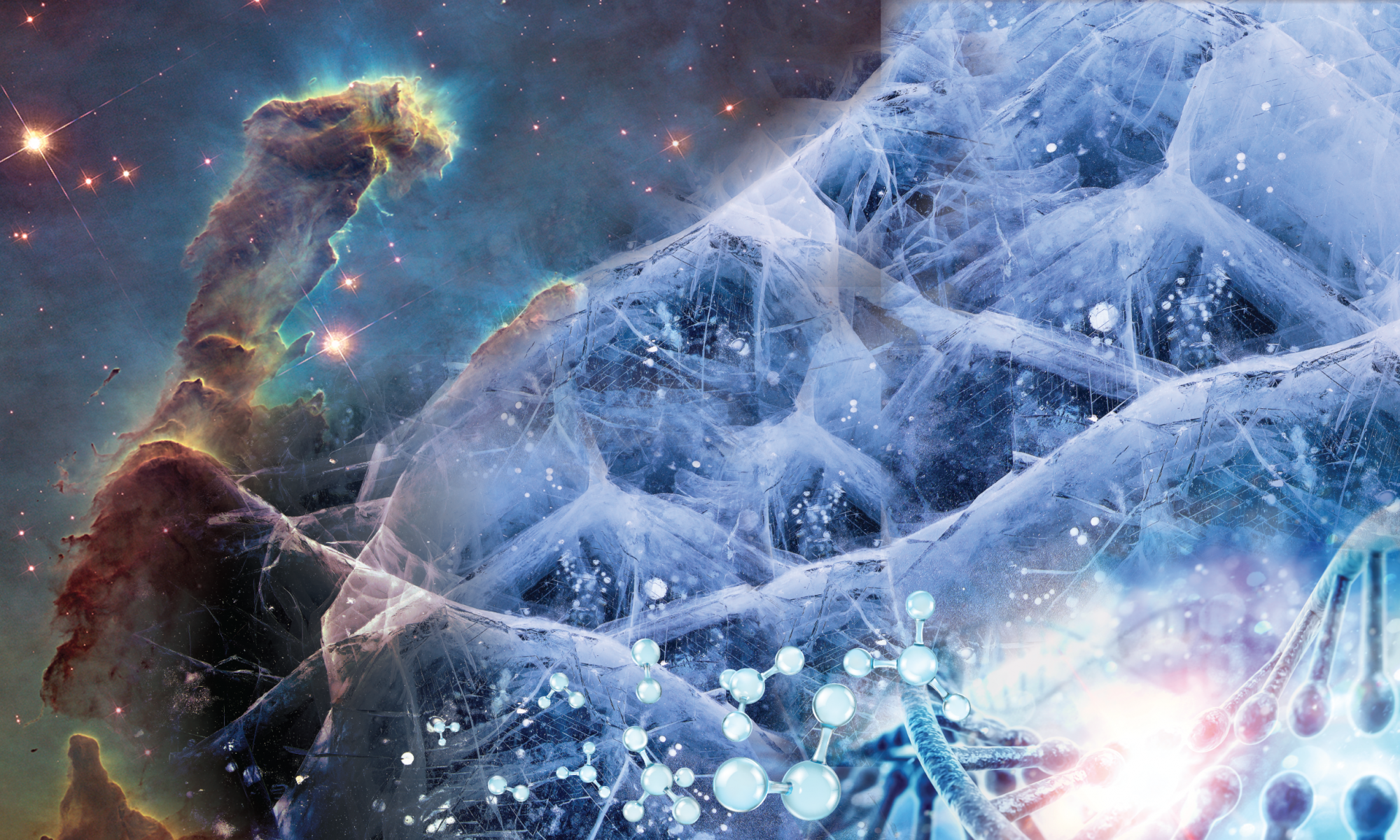Ices and prebiotic molecules form well before planets themselves. They arise deep inside the clouds of molecular gas and dust that will eventually collapse to form planets. Here it is cold enough for “frost” to form on dust grains. JWST will allow us to study in unprecedented detail the evolution of these icy grains through each physical stage of the star formation process, to see how much of these volatile materials is available to form planets.
Life as we know it is made up of just four elements: hydrogen (H), oxygen (O), carbon (C), and nitrogen (N). Although these elements comprise 99.4% of the human body (Lewis & Prinn 1984), H, C, and N are remarkably scarce on Earth, which is dominated by rocky, refractory elements like iron (Fe), silicon (Si), nickel (Ni), and oxygen (O) (Bergin et al. 2015). The elements H, C, and N are considered to be “volatile”, i.e. they exist in solid materials mainly at low temperatures, as ices. Therefore their absence on Earth could be explained if Earth formed at a location around the sun that was depleted in ices, and just enough ices were brought in from impacts with asteroids or comets to form a thin “veneer” of volatile elements at the surface. Such events could also be responsible for the rise of life on Earth: surveys of Solar system comets have found complex molecules that can combine to produce bio-molecules.
If life on our planet was kick-started through the delivery of pre-fabricated components made on cold comets, rather than through a high energy organic soup like in the classic Miller-Ulrey experiment (Miller & Ulrey, 1953), then it suggests that life could arise in a larger variety of environments than previously thought, both in our own Solar system and in the diverse exoplanetary systems found around nearby stars.

